Latin name: Melothria scabra
10 seeds per gardener’s package.
As members of the Cucurbitae family, Cucumbers are classified as half-hardy annuals. Depending on the variety, they can be cultivated outdoors in the garden or within a polytunnel or greenhouse. These vines are delicate and must be shielded from frost. Cucumber fruits typically exhibit a green hue, with outdoor varieties often displaying ridges and tiny spines, while indoor varieties tend to have a smooth skin. Some varieties boast lengths of up to 30cm, while shorter fruiting types are half that size. Many indoor varieties are F1 all-female fruiting varieties, eliminating the need to remove male flowers as they no longer produce bitter fruits.
The Cucamelon, a Mexican cucumber, can be grown as a pickle on the ground or on a trellis, gaining popularity as a novelty in the UK. Solana, a highly productive selection, features oval fruits measuring approximately 3-4 cm, ideal for both fresh consumption and pickling. It thrives in sheltered outdoor situations or indoors.
How to Grow:
Sow seeds in pots or modules of high-quality organic compost during April and May. Pot into 7 cm pots once true leaves have formed.
Transplant into the permanent site with canes or strings for support. Handle the delicate stems with care during transplanting, and water cautiously to prevent damping off.
For outdoor cucumbers, transplant in May or June after the threat of frost has passed. A wigwam of canes spaced 60cm apart provides excellent support; tie the plants in as they grow.
Harvest from late June onwards, picking regularly.
Pests and Diseases:
Cucumbers may be susceptible to aphids, red spider mites, cucumber mosaic virus, and mildew.
How to Cook:
Cucumbers offer versatility in the kitchen beyond salads and garnishes. They pair well with mint and dill, and are essential components of dishes like tabbouleh, raita, and tzatziki. Pickling is another delightful way to enjoy them.

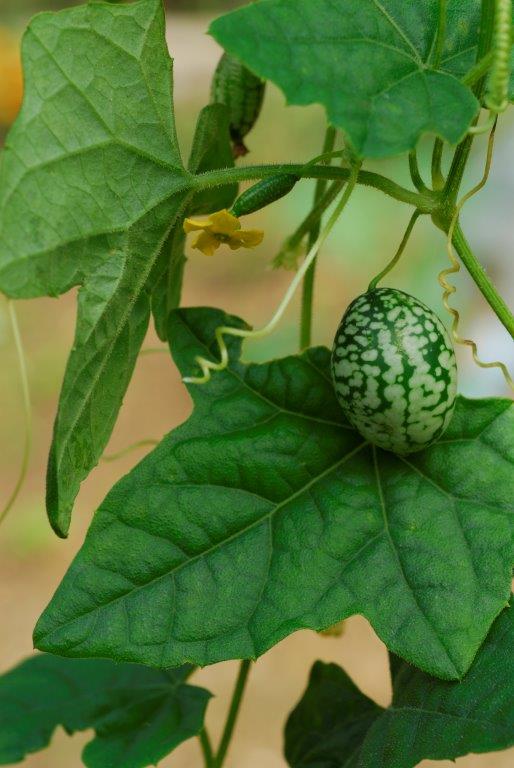
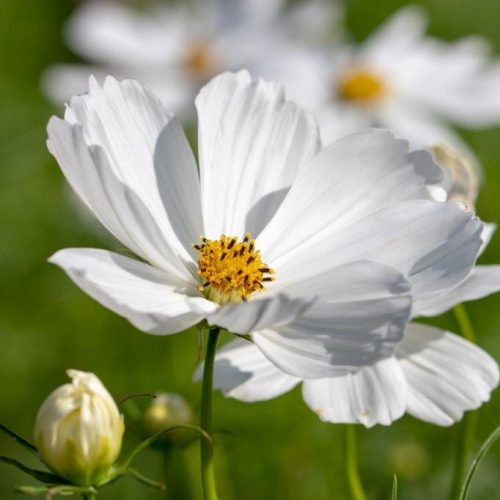
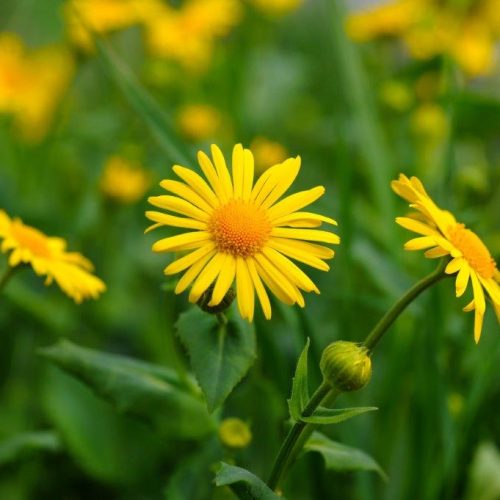

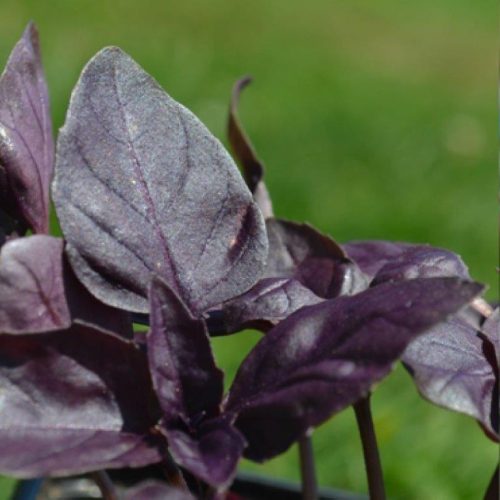

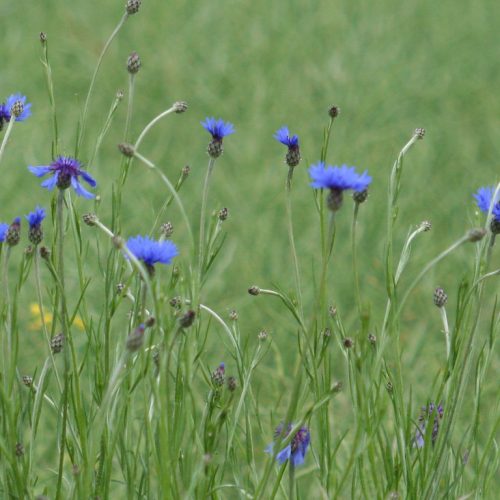
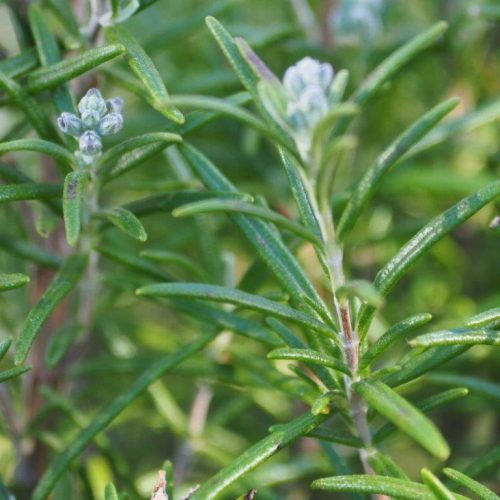
Reviews
There are no reviews yet.